1. Floating pot racks
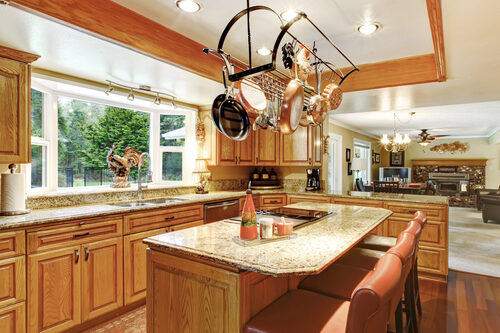
Hanging pots above an island sounds practical until you actually try it. You’re constantly bumping your head or reaching awkwardly for a heavy skillet. Dust and grease collect on everything, and suddenly you’re washing pans before you can use them. The reality doesn’t match the Pinterest dream.
There’s also the noise factor. Every time you pull something down, it clangs against its neighbors. In a busy kitchen, that gets old quickly. Cooks need tools within reach, not a dangling obstacle course.
2. Open shelving everywhere
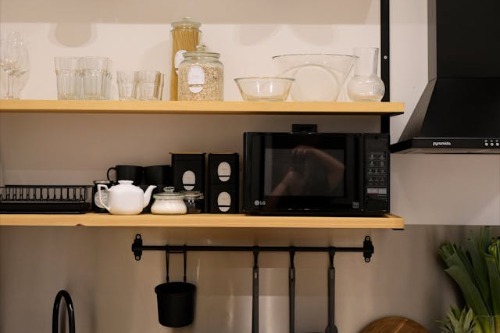
Open shelving looks beautiful in design magazines, but in real life, it’s a dust and grease magnet. Every plate, cup, and spice jar ends up coated if you cook regularly. The constant wiping and reorganizing gets old fast. Cooks who just want to grab a pan end up frustrated by the extra cleaning.
The other problem? It forces you to keep everything looking “styled.” Unless you have a minimalist set of dishes and unlimited patience, your kitchen will always look messy. For people who actually use their kitchens daily, that’s just not realistic. The trend prioritizes aesthetics over usability.
3. All-white kitchens
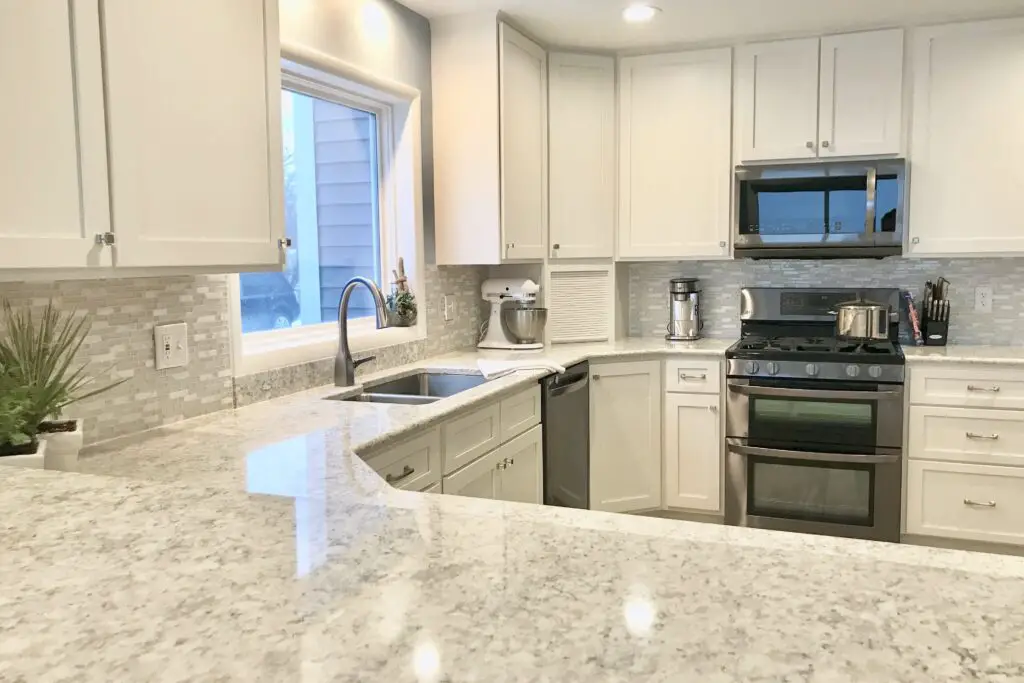
White cabinets, white counters, white backsplash—it looks clean for five minutes. Then someone chops beets or spills tomato sauce and the illusion is gone. Every smudge, fingerprint, and stain is instantly visible. Cooks end up scrubbing more than they’re cooking.
Plus, it creates a sterile atmosphere that feels more like a lab than a welcoming kitchen. Food is messy and colorful, so the space should reflect that. A little warmth in color or texture makes a kitchen feel alive. For most cooks, all-white just creates anxiety about keeping it spotless.
4. Farmhouse sinks
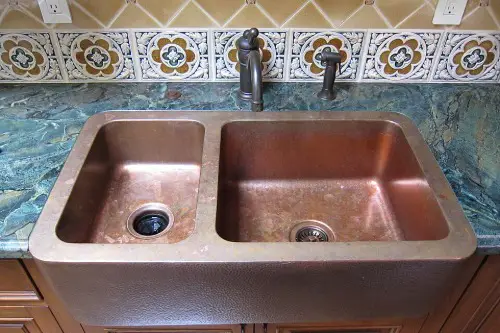
They look charming, but farmhouse sinks are not as functional as they seem. The wide, deep design makes them awkward to clean, and water often splashes everywhere. Without a divider, soaking dishes while rinsing veggies at the same time is a hassle. Many cooks end up wishing for a standard double-basin.
They’re also prone to chipping and scratching, especially with heavy pots. The apron front may look stylish, but leaning against it can be uncomfortable over time. Plus, installation can be tricky and expensive compared to traditional sinks. For everyday cooking, practicality usually wins over farmhouse aesthetics.
5. Over-the-stove pot fillers
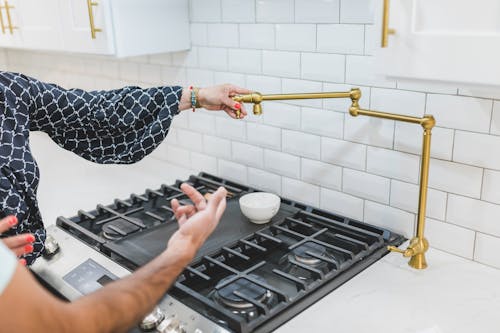
The idea of filling a pot at the stove sounds brilliant—until you realize you still have to carry that heavy pot of boiling water back to the sink to drain it. That’s the part no one talks about. Plus, pot fillers often drip or leak, creating messes on the backsplash. It’s a lot of plumbing for very little payoff.
They’re also prone to being underused. Many cooks report they simply forget the filler exists and keep filling pots at the sink. If the goal is convenience, it’s often easier to just upgrade the sink faucet. For most kitchens, this trend is more about bragging rights than practicality.
6. Glass-front cabinets
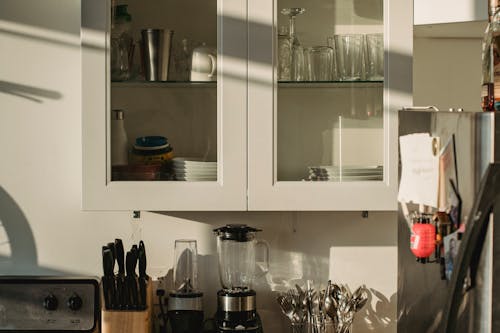
They look classy in showrooms, but in practice, glass cabinets are unforgiving. Every smudge shows, and the contents inside need to be organized like a store display. If you have mismatched mugs or plastic containers, they’ll ruin the look instantly. Suddenly your storage becomes a stage set.
There’s also the breakability factor. Kitchens are high-traffic areas, and glass isn’t always the safest choice. For families with kids or anyone cooking fast-paced meals, it’s just another stress point. Most cooks prefer solid doors they can close and forget about.
7. Industrial open bulbs
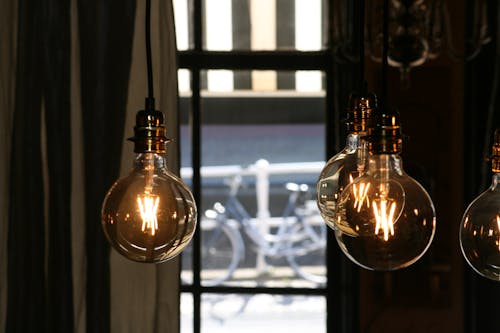
Bare Edison bulbs give that “trendy restaurant” vibe, but they’re terrible in a home kitchen. The light they cast is dim and yellow, making it hard to see what you’re chopping. Kitchens need bright, even lighting for safety and accuracy. Squinting over onions isn’t stylish.
The other issue is cleaning. Open bulbs collect dust and grease, especially near stoves. Fixtures with shades or covers are easier to maintain. For cooks, good task lighting beats a design trend every time.
8. Marble countertops
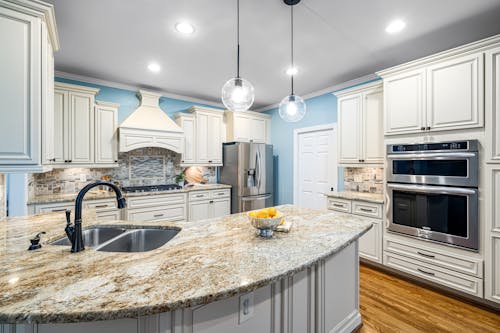
Marble looks luxurious, but it’s one of the least forgiving surfaces for cooking. It stains easily, etches from acids like lemon juice, and chips under heavy use. For people who actually roll dough or chop vigorously, it can be a nightmare. The upkeep takes more effort than most cooks want to give.
While it’s popular in design magazines, the maintenance warnings are often buried in fine print. Home cooks quickly discover that every spill becomes a permanent reminder. Alternatives like quartz give the same look with far more durability. For serious cooking, marble is more stress than elegance.
9. Tiny prep sinks in islands
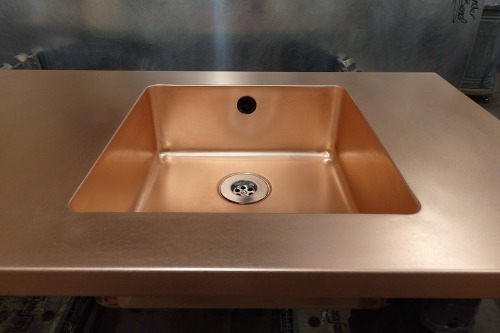
A small sink in the island seems handy but often ends up unused. They’re usually too small to be practical for washing produce or filling pots. Instead, they collect dirty dishes or become a spot to dump scraps. Most cooks find themselves ignoring it entirely.
They also take up valuable counter space. An island is often the main prep area, and losing that real estate to a sink hurts workflow. Plus, extra plumbing means more potential for leaks. In most cases, a bigger main sink is the smarter choice.
10. Dark cabinets
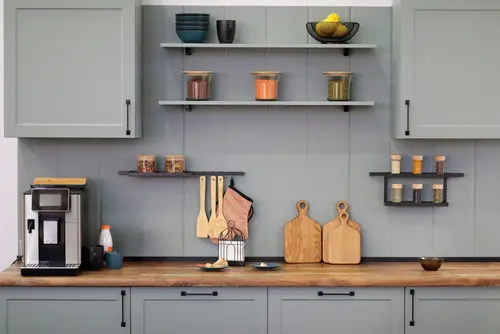
Dark wood or painted cabinets look dramatic but show every fingerprint and dust speck. In a busy kitchen, you’ll be wiping constantly just to keep them presentable. They can also make the space feel smaller and gloomier, which isn’t ideal for long cooking sessions. A kitchen should feel bright and inviting, not like a cave.
The trend works better in homes where cooking is minimal and aesthetics come first. But for daily use, the constant upkeep wears people down. Mid-tone or lighter cabinets tend to strike a better balance. Cooks know function trumps drama every time.
11. Open-concept kitchens
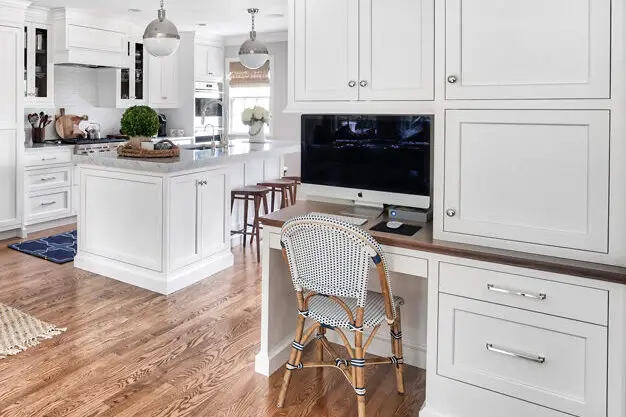
The dream of chatting with guests while cooking sounds great, but reality hits when the smell of garlic, onion, or frying oil wafts into the living room. Every sound—from chopping to dishwasher cycles—carries through the house. Cooks feel like they’re on display, even when things get messy. Privacy and separation serve a purpose.
Walls also provide valuable storage and counter space. Removing them often forces awkward layouts and fewer cabinets. While open kitchens work for entertaining, they can make daily cooking stressful. Sometimes a little separation is exactly what a cook needs.
12. Floating shelves for spices

Spices displayed on open shelves look colorful but quickly become a disaster. Light, heat, and air degrade spices faster, meaning they lose flavor long before they should. Instead of making cooking easier, it makes dishes taste dull. It’s form over function in the worst way.
They’re also prone to clutter. Unless you’re refilling identical jars and constantly dusting, the display looks chaotic. Cooks want quick access and long-lasting freshness, not another chore. A closed drawer or cabinet is a much smarter solution.
13. Oversized kitchen islands
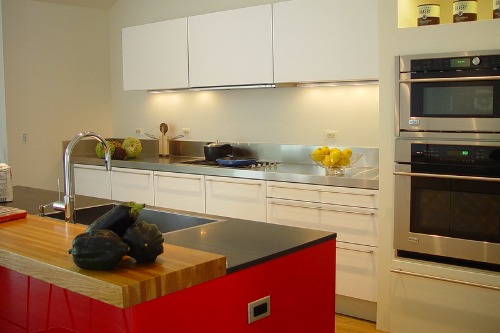
Big islands look glamorous but can make workflow less efficient. If you’re running laps around a giant block just to grab ingredients, you lose time and energy. Cooks need compact, logical layouts where every tool is within reach. Bigger doesn’t always mean better.
They also become a magnet for clutter. Mail, keys, and random household items pile up, leaving less space for cooking. Cleaning a huge slab of stone daily isn’t fun either. For many cooks, a smaller, smarter island works best.
14. Shiplap walls
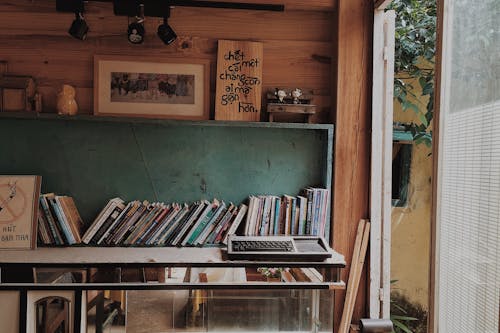
Shiplap may look cozy, but in a kitchen, it’s a magnet for grease and grime. The grooves trap everything, and cleaning them is tedious. Over time, stains become permanent, and the “rustic charm” loses its appeal. A smooth, wipeable surface is far more practical.
There’s also the risk of it feeling dated quickly. Shiplap has been so overused in design shows that it’s already losing appeal. Kitchens should be timeless and easy to maintain. For cooks, that means finishes that clean easily and last.
15. Under-cabinet microwaves

Placing microwaves under the counter might look sleek, but bending down with hot bowls is awkward and dangerous. Steam rises into your face, and spills are harder to manage. It’s the opposite of ergonomic design. Cooks end up frustrated with the constant crouching.
These microwaves also tend to be smaller and less powerful. They limit what you can heat or cook efficiently. While the idea frees up counter space, it sacrifices ease of use. For most kitchens, eye-level placement makes far more sense.
16. Trendy but fragile faucets
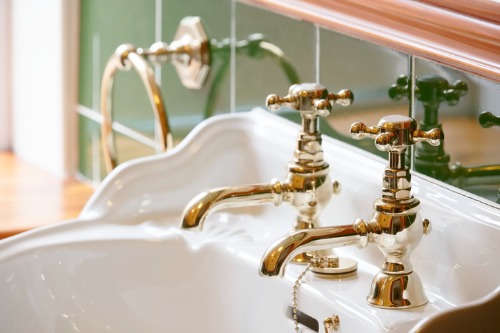
Matte black or brass faucets look chic, but many scratch, spot, or chip under real use. Constant water exposure quickly wears down the finish. Cooks who wash hands and dishes dozens of times a day notice flaws immediately. The upkeep feels never-ending.
The functionality often gets overlooked too. Some trendy faucets lack strong spray settings or flexible hoses that make cleaning easier. In a working kitchen, durability matters more than style. Cooks regret choosing fashion over function once the shine wears off.
This post 16 Kitchen Trends That Annoy Every Cook Who Tries Them was first published on Greenhouse Black.
